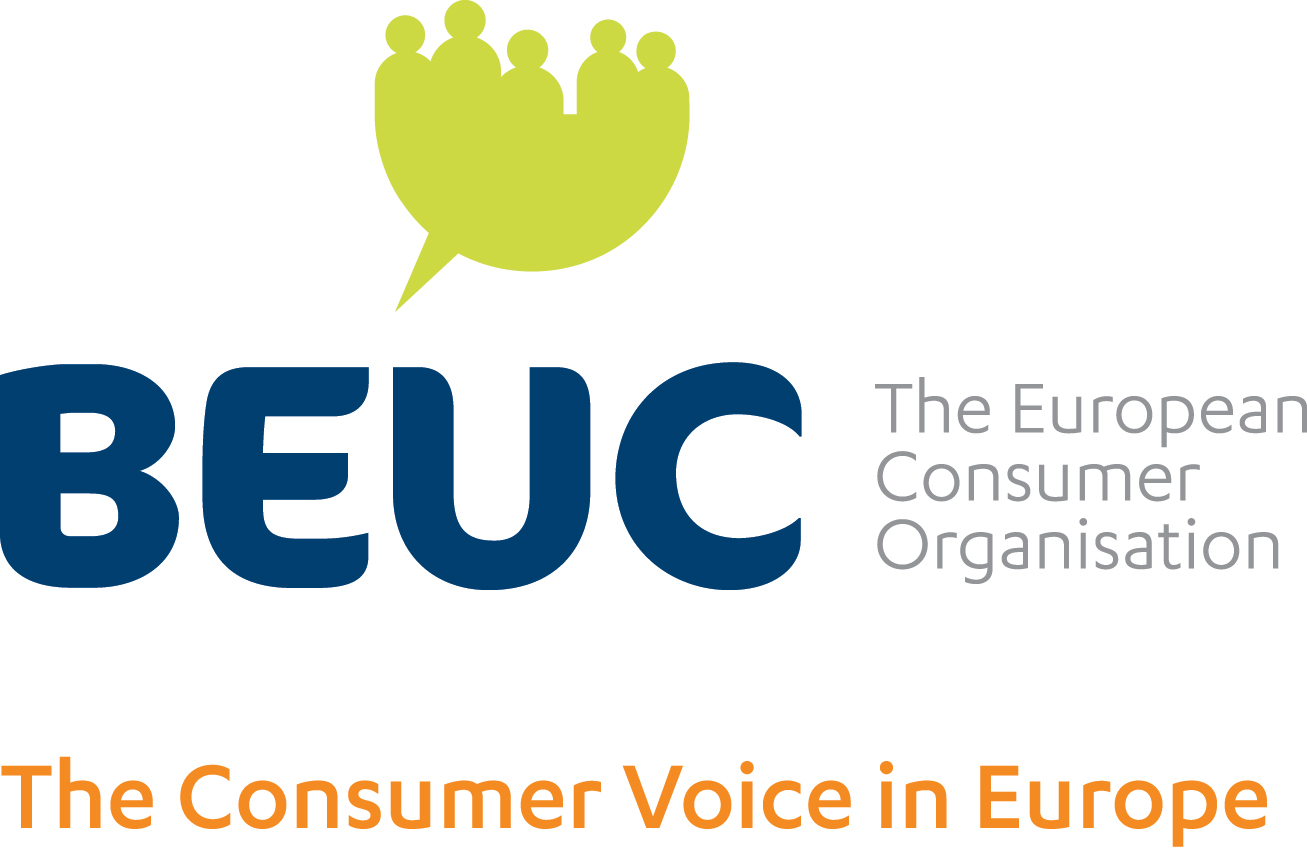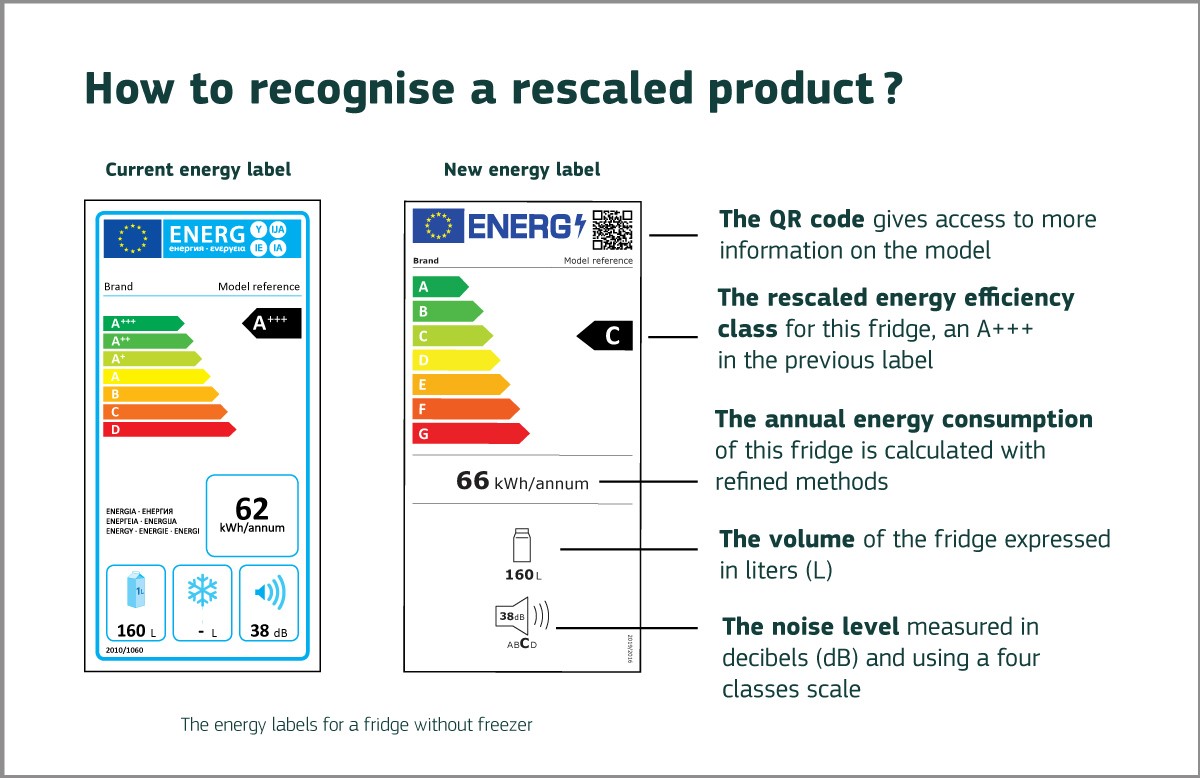New energy labelling rules kicking in on 1 November: what to expect?
New energy labelling rules kicking in on 1 November: what to expect?
BEUC NEWS - 29.10.2020
As of this Sunday (1 November), consumers who buy a new fridge, washing machine, or TV set might be surprised when unpacking their new purchase. It is possible that the energy label they find inside the box will be different from the one on the package (read: its energy efficiency might actually score lower). How is that possible? Well, there is nothing to worry about, but this is part of a transition to a better label. Let’s take a closer look at the changes.
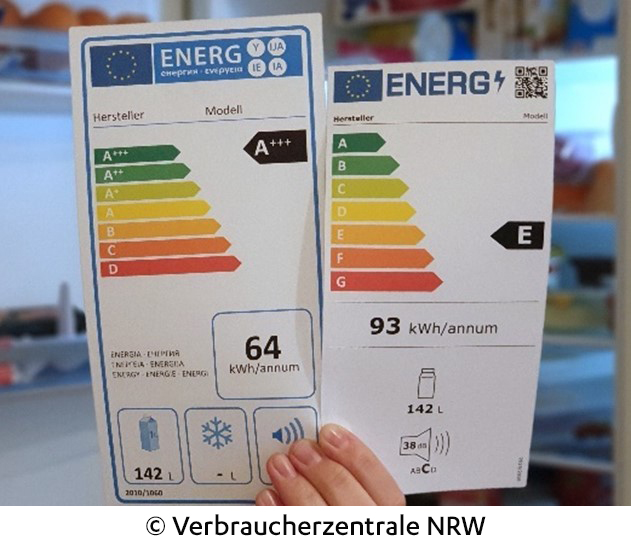 Last year, the EU finally agreed give its energy label for many electrical appliances a facelift.1 The new law will remove the ‘A+’,’A++’ and ‘A+++’ classes that have appeared on the energy label over the years. Those ‘+’ classes are where most appliances are grouped, thus leaving lower classes empty. As a result, fewer than one in four consumers understands that an ‘A+’ fridge is actually the least energy-efficient on the market.2
Last year, the EU finally agreed give its energy label for many electrical appliances a facelift.1 The new law will remove the ‘A+’,’A++’ and ‘A+++’ classes that have appeared on the energy label over the years. Those ‘+’ classes are where most appliances are grouped, thus leaving lower classes empty. As a result, fewer than one in four consumers understands that an ‘A+’ fridge is actually the least energy-efficient on the market.2
To stop this confusion, the new energy label will revert to the well-understood A-G scale. Stricter standards and measurement methods to calculate the energy efficiency of appliances will also kick in. This is a great improvement for consumers, as the clearer and more accurate EU Energy Label will better help them to choose a new electrical appliance.
So, why two different labels for a same product?
Consumers will only start seeing the new labels in shops as of 1 March 2021. From 1 November 2020 until then, there will be a four-month transition period during which the old and the new labels will co-exist on the packaging and inside, respectively. This transition period is necessary for manufacturers and suppliers to adapt, considering the duration of shipping and storage of most electrical appliances.
As a result of the rescale, an electrical appliance scoring A+++ in the current system may only be classified as a C, D or even an E appliance under the new label due to the stricter standards. These tighter standards mean the amount of electricity consumption indicated on the two labels is also likely to differ.
This might seem confusing, but consumers need not worry. Even if one appliance gets a lower grade, it remains as efficient. The change is not about the product’s performance, it is only about its score. The differences between the current and the new scores are due to the refined measurement methods adopted by the European Commission. In short, the ‘downgrading’ of a product energy class only means that the new score is more accurate and helpful.
The rescaling of the energy label also aims to incentivise manufacturers to innovate and bring ever more efficient products to consumers. For this reason, when the new EU Energy Label will officially appear in shops next March, the A class will be empty to leave room for more energy efficient products that will be developed in the future.
The new label hiding in packages might be seen as a jack-in-the-box, but let’s instead see it as a blessing in disguise. When the new EU Energy Label officially takes over in March 2021, consumers will benefit from clearer and more helpful information when they buy a new electrical appliance.
Finally, consumer groups will be there to help consumers navigate the process. BEUC and nine of its member organisations3 are part of an EU-funded project called BELT, which aims to promote the uptake of more energy-efficient products. To raise awareness among manufacturers, retailers and consumers about the upcoming rescaled label, the BELT partners are campaigning all stakeholders at the national level. If you have any questions about the new EU Energy Label, please get in touch with your national consumer association. See the full list here.
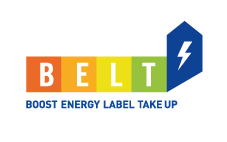 BEUC is part of BELT, an EU project which helps consumers understand the new energy label. More information in this BEUC news piece.
BEUC is part of BELT, an EU project which helps consumers understand the new energy label. More information in this BEUC news piece.
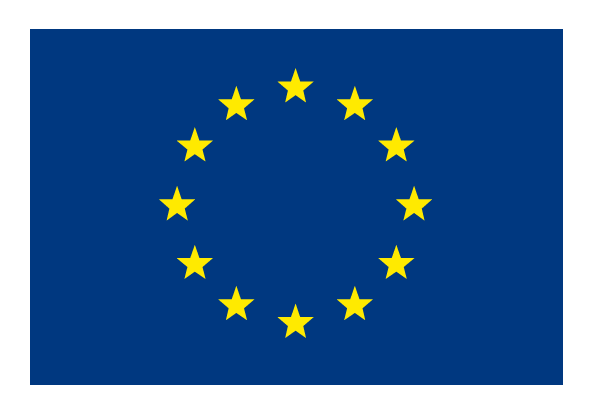
The project BELT has received funding from the European Union’s Horizon 2020 research and innovation programme under grant agreement No 847043. The sole responsibility for this content lies with the authors. It does not necessarily reflect the opinion of the European Union. Neither the EASME nor the European Commission are responsible for any use that may be made of the information contained therein.
1 Dishwashers, washing machines, washer-dryers, fridges & freezers, wine storages, TVs and monitors.
2 Result from a survey by German consumer organisation vzbv: Energielabel muss verständlicher werde
3 Altroconsumo (IT), DECO (PT), EKPIZO (EL), KEPKA (EL), Lietuvos vartotojų organizacijų aljansas (LT), OCU (ES), Test Achats/Test Aankoop (BE), Consumers' Association of Ireland (IE), Zveza Potrošnikov Slovenije (SI).
The European Consumer Organisation
Europäischer Verbraucherverband
Bureau Européen des Unions de Consommateurs

